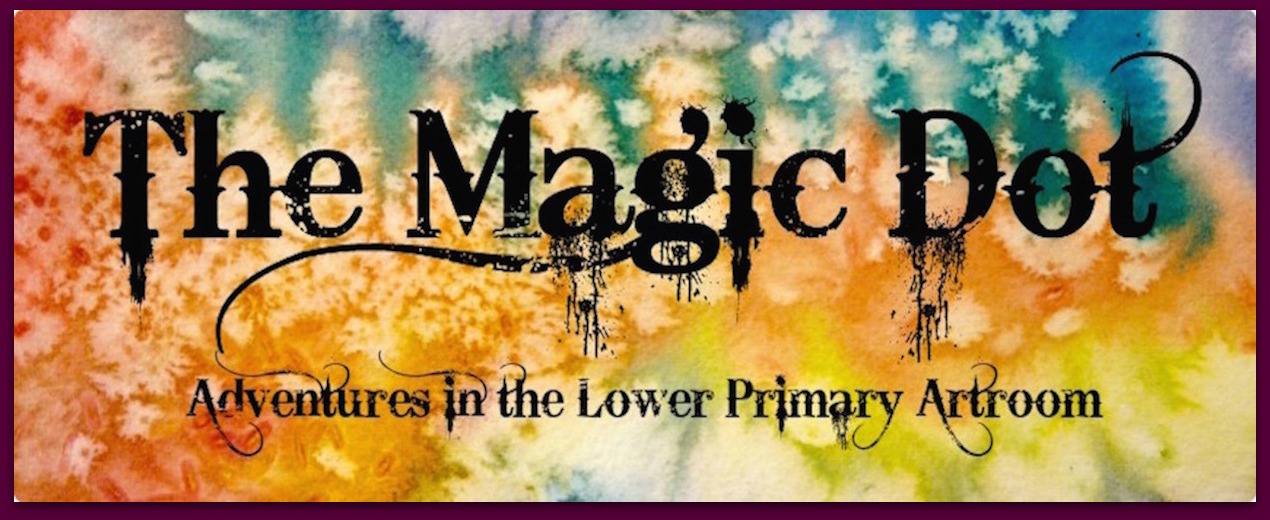10 Lessons the Arts Teach by Elliot Eisner
Elliot Eisner, a Chicago High School art teacher turned Professor of Art Education at Stanford University, developed this wonderful list of lessons that, for me, capture so much of why I chose to teach art to young people. These concepts strongly support the Common Core values recently adopted by the Howard County Public School System.
Eisner stated that more attention should be paid to the cognitive aspects of art activity. He cautioned against attitudes to art being colored by the idea that its practice is motivated by what are termed 'emotional and creative' forces. He argued that artistic training assists students to develop problem solving skills.
It is essential, he claimed, that educators allow sufficient space in the day for students to explore the world in their own way through the arts. If this need is not met, they miss out on a form of experiencing that will be necessary for them in order to attain a high quality of life when they graduate. Engagement with the arts support students to be able to discern what is important for them with regard to quality of life. SOURCE: www. suite 101.com/article/Eisner
And now (drum roll please!) THE LESSONS!
1. The arts teach children to make good judgments about qualitative relationships.Unlike much of the curriculum in which correct answers and rules prevail, in the arts, it is judgment rather than rules that prevail.
2. The arts teach children that problems can have more than one solutionand that questions can have more than one answer.
3. The arts celebrate multiple perspectives.One of their large lessons is that there are many ways to see and interpret the world.
4. The arts teach children that in complex forms of problem solving
purposes are seldom fixed, but change with circumstance and opportunity. Learning in the arts requires the ability and a willingness to surrender to the unanticipated possibilities of the work as it unfolds.
5. The arts make vivid the fact that neither words in their literal form nor numbers exhaust what we can know. The limits of our language do not define the limits of our cognition.
6. The arts teach students that small differences can have large effects.The arts traffic in subtleties.
7. The arts teach students to think through and within a material.All art forms employ some means through which images become real.
8. The arts help children learn to say what cannot be said.When children are invited to disclose what a work of art helps them feel, they must reach into their poetic capacities to find the words that will do the job.
9. The arts enable us to have experience we can have from no other source and through such experience to discover the range and variety of what we are capable of feeling.
10. The arts' position in the school curriculum symbolizes to the young
what adults believe is important.
SOURCE: Eisner, E. (2002). The Arts and the Creation of Mind, In Chapter 4, What the Arts Teach and How It Shows. (pp. 70-92). Yale University Press. Available from NAEA Publications. NAEA grants reprint permission for this excerpt from Ten Lessons with proper acknowledgment of its source and NAEA.




No comments:
Post a Comment